 WhatsApp: +98-9171792581
WhatsApp: +98-9171792581  Telegram ID: @aayateam
Telegram ID: @aayateam
OsMA Indicator (Oscillator of Moving Average)
The OsMA indicator is a type of technical indicator derived from the MACD (Moving Average Convergence Divergence), used to analyze momentum in financial markets. It is calculated by the difference between the MACD and its signal line. OsMA helps in identifying whether there are shifts in momentum, whether in price direction or market activity.
🎯 What is the difference between OsMA and MACD?
Although OsMA is based on the MACD, the key difference is that OsMA focuses on the difference between the MACD and its signal line, providing trade signals related to momentum changes.
How to calculate OsMA: OsMA = MACD – Signal Line
MACD is the difference between the short-term exponential moving average (12 periods) and the long-term exponential moving average (26 periods).
The Signal Line is the exponential moving average of the MACD (9 periods).
🚀 How does the OsMA Indicator work?
OsMA reflects price movements and shows when momentum is accelerating. The indicator is interpreted through the following situations:
- When OsMA is above zero (in the positive zone), it indicates strong bullish momentum.
- When OsMA is below zero (in the negative zone), it indicates strong bearish momentum.
🌟 When should you use OsMA?
OsMA is mainly used to determine the strength of the current trend and to monitor changes in momentum in the market. It is effective in detecting critical market shifts, such as transitions from bullish to bearish trends or vice versa.
How to use OsMA in trading?
- Buy and Sell signals:Buy signal: When OsMA moves above the zero line and continues to increase, it signals that the market has entered a strong bullish trend. This is the ideal moment to enter a buy trade.
Sell signal: When OsMA moves below the zero line and continues to decrease, it signals that the market is in a bearish trend. This can be a good opportunity to sell.
Crossings with the zero line:
- When OsMA crosses from below to above the zero line, it signals that bullish momentum is starting to emerge, which is the perfect time to open a buy position.
- When OsMA crosses from above to below the zero line, it signals a shift towards bearish momentum, indicating an opportunity to open a sell position.
Types of strategies using OsMA:
- Classic Strategy (Buy when above zero, Sell when below zero): Traders can use OsMA as a system to determine entry and exit points. Once the indicator is in the positive zone (above zero), a buy position can be opened, and when it is in the negative zone (below zero), a sell position can be opened.
- Advanced trading strategies using OsMA with other indicators:
- Crossing with MACD: Some traders use OsMA alongside the MACD indicator for stronger signals. When a bullish MACD crossover occurs with OsMA in the positive zone, this can be a strong buy signal.
- Combining with RSI (Relative Strength Index): When OsMA shows strong bullish signals while RSI is in the overbought zone (above 70), this may indicate overbought conditions, and it might be better to delay entry.
- Trend-following strategies: If OsMA shows a strong upward trend, you can use trailing stop strategies to protect profits on long trades. If OsMA indicates a continuous decrease in momentum, trailing stops can help ensure you’re not affected by sudden market changes.
Trading Robots using OsMA
Trading robots that rely on OsMA can help improve trading performance by using automated strategies that identify entry and exit points based on OsMA crossovers with the zero line or momentum conditions.
🔧 Features of trading robots using OsMA:
- Automated strategy: Trading robots use OsMA to determine market trends and generate buy/sell signals based on the indicator crossing the zero line.
- Risk management: Robots can be programmed to set stop loss (SL) and take profit (TP) based on OsMA movements.
- Capital management: Robots can interact with account balance and determine trade sizes based on predefined parameters to ensure effective capital management.
Capital Management with OsMA
Capital management is crucial for the success of any trading strategy. With OsMA, decisions are based on momentum analysis, but it is important to integrate these decisions with effective capital management techniques to avoid high risks.
📊 Optimal Capital Management:
- Trade size based on account size: It is advised not to risk more than 1-2% of the account on a single trade. Adjust the trade size based on the account balance.
- Setting Stop Loss and Take Profit levels:
Stop Loss: It should be fixed to minimize risk. You can place it based on OsMA or at a set distance from your entry point. Take Profit: Set based on OsMA levels or other technical levels like support and resistance. - Reevaluating trading strategies: Regularly update and analyze OsMA strategies to ensure the signals are not affected by market volatility.
Applications of OsMA in different markets
OsMA can be used in all financial markets such as stocks, forex, commodities, and futures. Traders rely on this indicator to determine the strength of trends in any market.
📉 In Forex: OsMA is used to identify trends in currency pairs, especially on short timeframes (like 15 minutes or 1 hour), to uncover small but profitable opportunities.
📈 In Stock Markets: In stock markets, OsMA can help identify long-term trends through multi-timeframe analysis, enhancing the accuracy of trading signals.
Additional tips for trading with OsMA
- Trade at optimal times:
It’s best to use OsMA when the market is moving strongly and clearly. Combine the indicator with economic news to identify the best time to enter the market. - Use multi-timeframe trading strategy:
For example, if OsMA is showing an upward trend on the daily chart, look for buying opportunities on shorter timeframes like hourly or five-minute charts. - Test strategies on a demo account:
Always test OsMA strategies on a demo account before moving to a live account to ensure their effectiveness in real market conditions.
Conclusion:
OsMA is a powerful tool for analyzing market momentum and detecting trend shifts, helping traders make informed decisions at the right time. By using capital management and advanced trading strategies, OsMA can be a key factor in improving financial outcomes.
Remember, risk management is just as important as trade signals. Therefore, always consider loss prevention and capital protection when incorporating OsMA into your trading strategies.
🔑 Important Note: Don’t rely solely on OsMA as the only tool, but combine it with other indicators like RSI and MACD for more accurate and stronger signals.
 WhatsApp: +98-9171792581
WhatsApp: +98-9171792581  Telegram ID: @aayateam
Telegram ID: @aayateam
Tags:

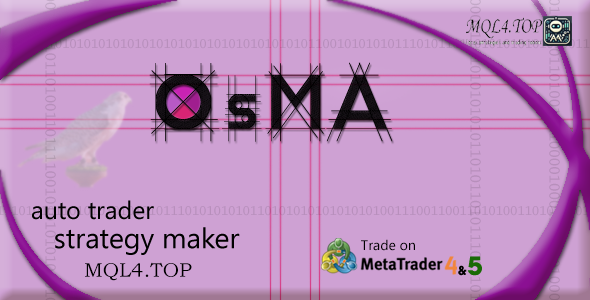


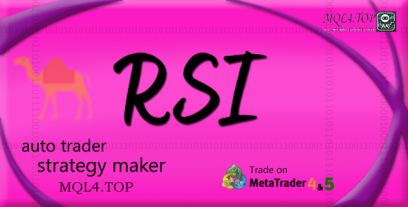

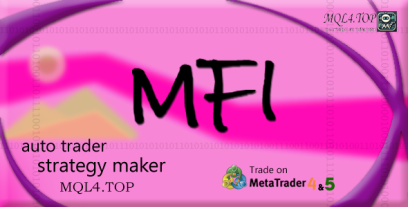
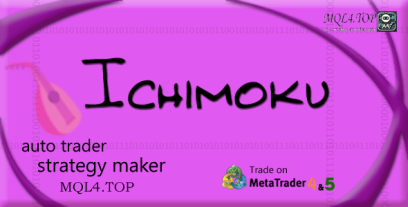


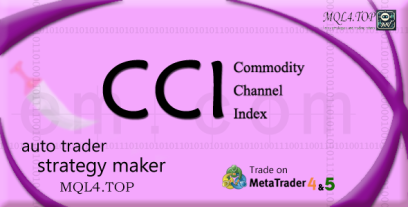

Comments (0)
Reviews
There are no reviews yet.